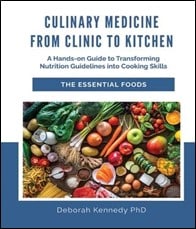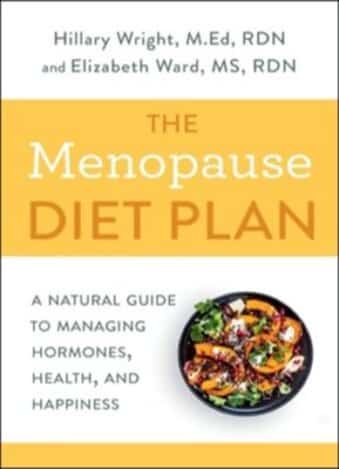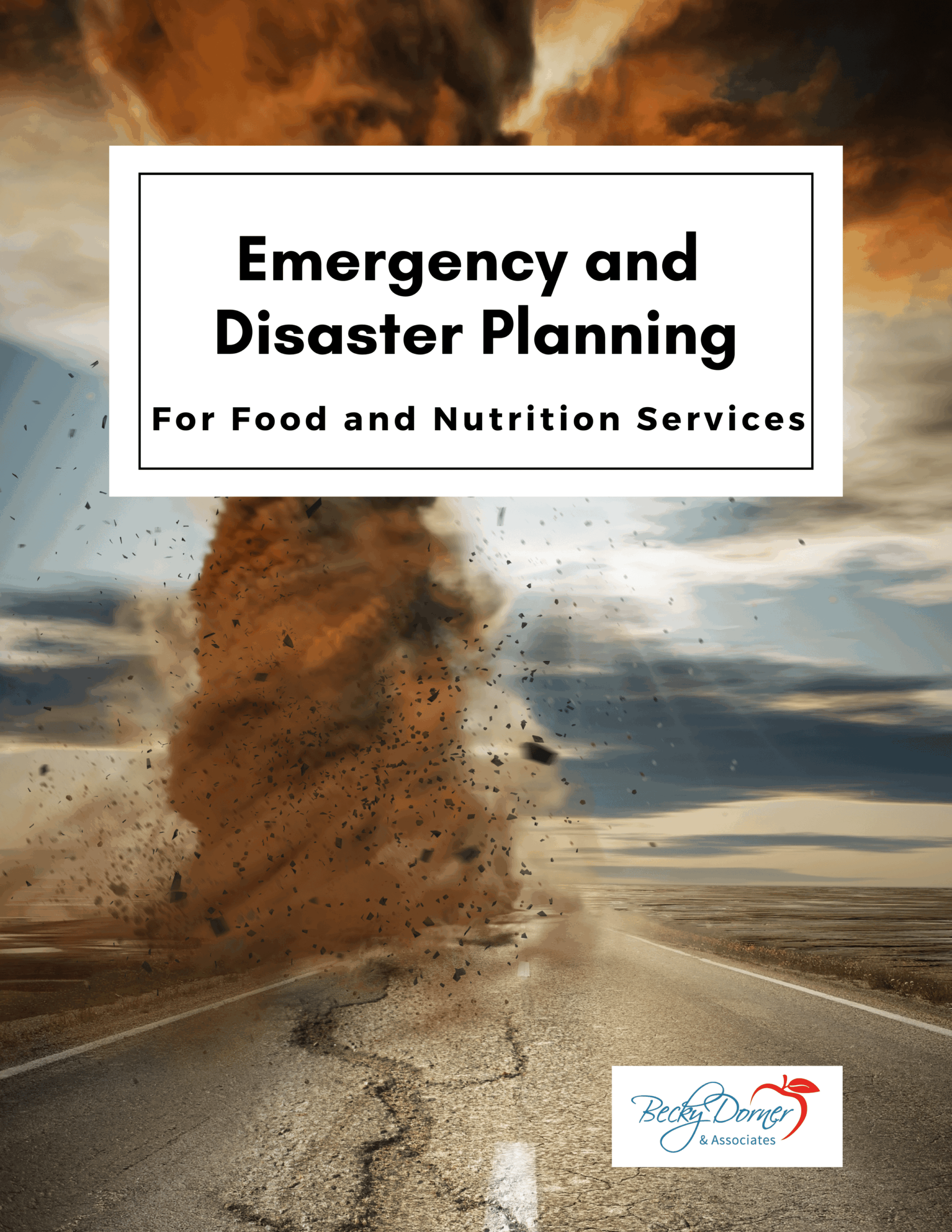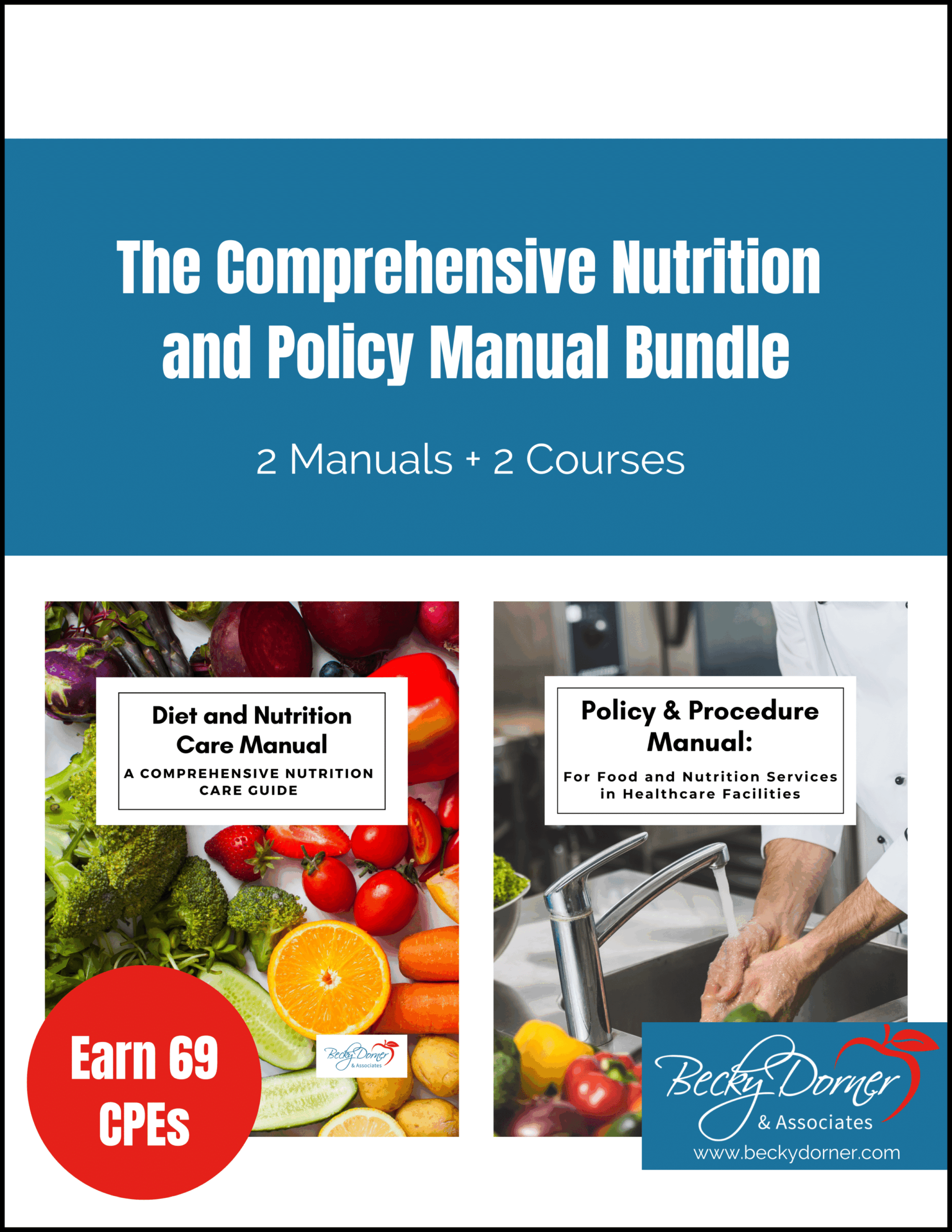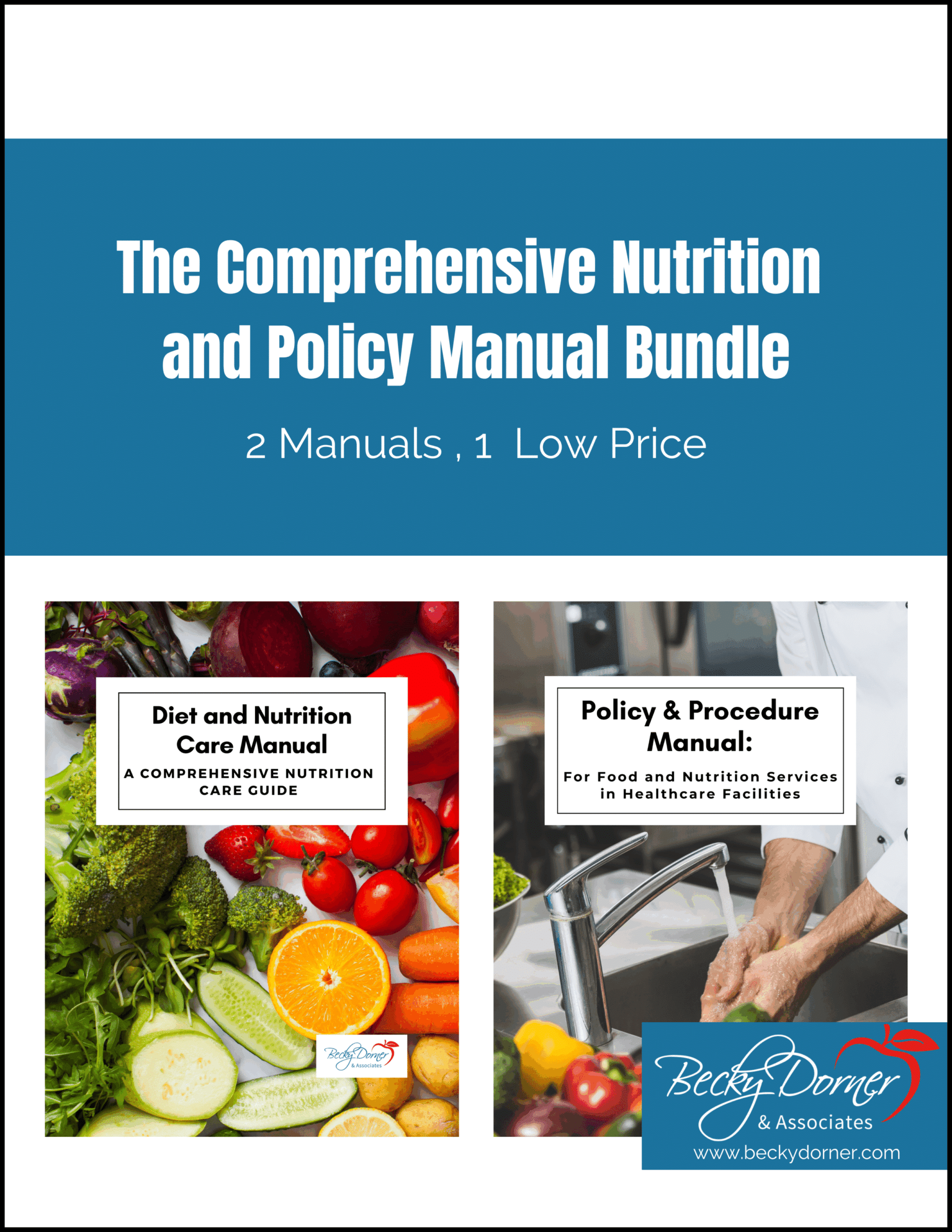
Is your facility diagnosing malnutrition correctly and including documentation needed to support that diagnosis? This can mean the difference in capturing the best reimbursement for malnutrition or leaving those dollars on the table. Diagnosing and treating malnutrition is critical to good patient care, and documentation by a registered dietitian nutritionist (RDN) can improve the speed and accuracy of a malnutrition diagnosis1 which could potentially impact payment under the patient-driven care model (PDPM).2 Although a physician or nurse practitioner needs to make the medical diagnosis of malnutrition, the RDN can provide nutrition consultation, make the nutrition diagnosis, and provide supportive documentation in the medical record.
Establishing Malnutrition Criteria
PDPM does not specify exactly how to define or diagnose malnutrition, so it is up to facilities and providers to choose their preferred criteria and support that criteria in their progress notes. Your RDN can help you choose the most appropriate and validated nutrition screening tool.
Research is in support of the use of the Malnutrition Screening Tool, which consists of 2 questions related to weight loss and appetite that can be completed by any health professional (including a nurse) when a patient is admitted to a facility. Depending on the score, it can indicate that a patient is at risk for or has a malnutrition diagnosis, requiring referral to the RDN for nutrition assessment and intervention.
The RDN may choose to utilize two more comprehensive guidelines to help make the nutrition diagnosis: the American Society of Parenteral and Enteral Nutrition ASPEN)/Academy of Nutrition and Dietetics criteria, and the Global Leadership Initiative on Malnutrition (GLIM) criteria, which complements the ASPEN/Academy criteria. Both use food intake, weight loss, and reduced muscle mass as part of a comprehensive set of criteria used to diagnose malnutrition. The RDN is likely to be more familiar with these tools than other disciplines and may use these criteria to help make a nutrition diagnosis of malnutrition, and subsequently recommend that a formal diagnosis of malnutrition be made based on the criteria.
The RDN’s Role in Post-Acute Care
RDNs wear many hats in post-acute care, with nutrition assessment, intervention, and monitoring and evaluation being keys to their role. Long before PDPM, RDNs were evaluating a patient’s nutritional status. For example, as part of an RDN’s routine nutrition assessment, a patient’s weight history is evaluated to identify weight loss or gain over time, both prior to and after admission to the facility. Meal intake is evaluated by reviewing food and fluid intake as documented by facility staff, and compared to calculated nutritional needs (calories, protein, fluids, etc.) to determine nutritional adequacy of intake. Meal observation helps determine whether a person is having difficulty chewing/swallowing, self-feeding, and more.
Nutrition-Focused Physical Exam (NFPE)
RDNs can also conduct a nutrition-focused physical exam (NFPE), which evaluates nutritional status based on physical signs and symptoms of malnutrition. The NFPE helps determine whether the fat, muscle, fluid, and micronutrient status of an individual patient has diminished due to inflammation, illness, or poor nutrient intake. Using NFPE in combination with an evaluation of weight history and meal intake, the RDN can provide support for the malnutrition diagnosis based on the MST, ASPEN/Academy criteria, or GLIM criteria.
Managing the PDPM Model Under the Non-Therapy Ancillary Component
Your facility’s RDN can play a critical role in helping your facility manage the PDPM model under the non-therapy ancillary (NTA) component.3 Early assessment and identification of comorbidities such as malnutrition can help maximize payment for resident care. Nutrition interventions (honoring food preferences, adding additional food or fortified food, or oral nutrition supplements, for example) and routine monitoring and evaluation of those interventions will result in proper treatment of malnourished patients. Having adequate nutrition and expertise from a qualified RDN along with support from the interdisciplinary team and facility staff is critical to ensuring appropriate identification and treatment of residents/patients with malnutrition.
Originally published January 29, 2020.
References
- What is malnutrition. Academy of Nutrition and Dietetics. from https://www.eatright.org/food/nutrition/healthy-eating/what-is-malnutrition. Published September 23, 2019. Accessed July 29, 2022.
- Richardson B. Putting the Pieces Together: CMS Phase III Requirements: Minimum Data Set (MDS), PDPM and Quality. Webinar provided for Becky Dorner & Associates, November 20, 2019.
- MNT provider. Academy of Nutrition and Dietetics. September/October 2019;18(5/6):2. https://www.eatrightpro.org/-/media/eatrightpro-files/news-center/in-practice/mntprovider/09-102019.pdf?la=en&hash=6D99E91333E2012B0D56B21F8C0193E3AAF44F66. Accessed December 27, 2019.

